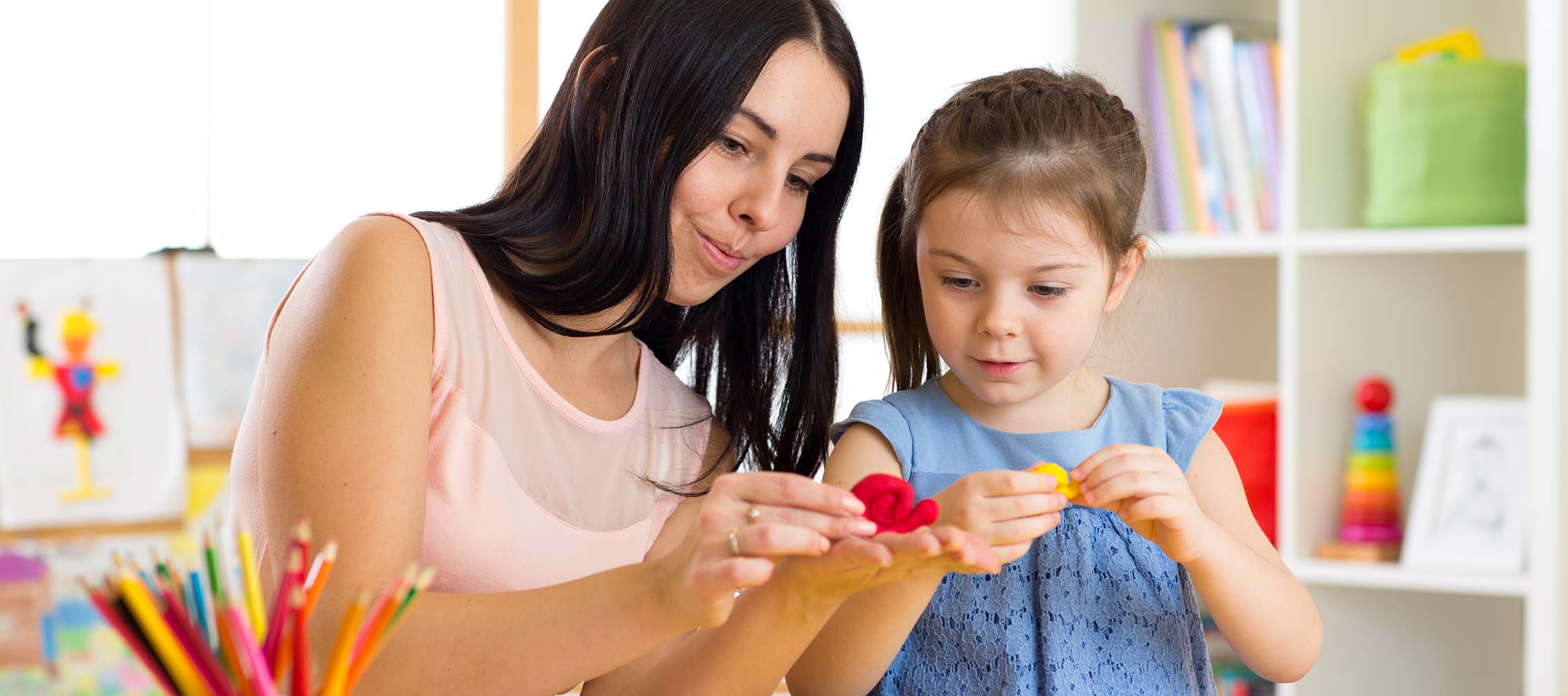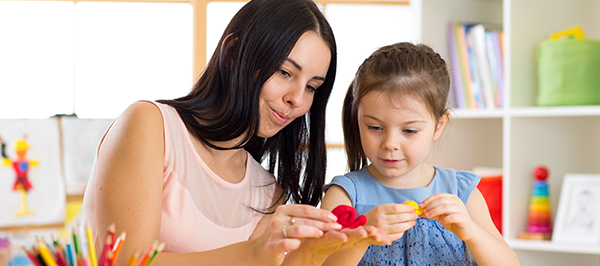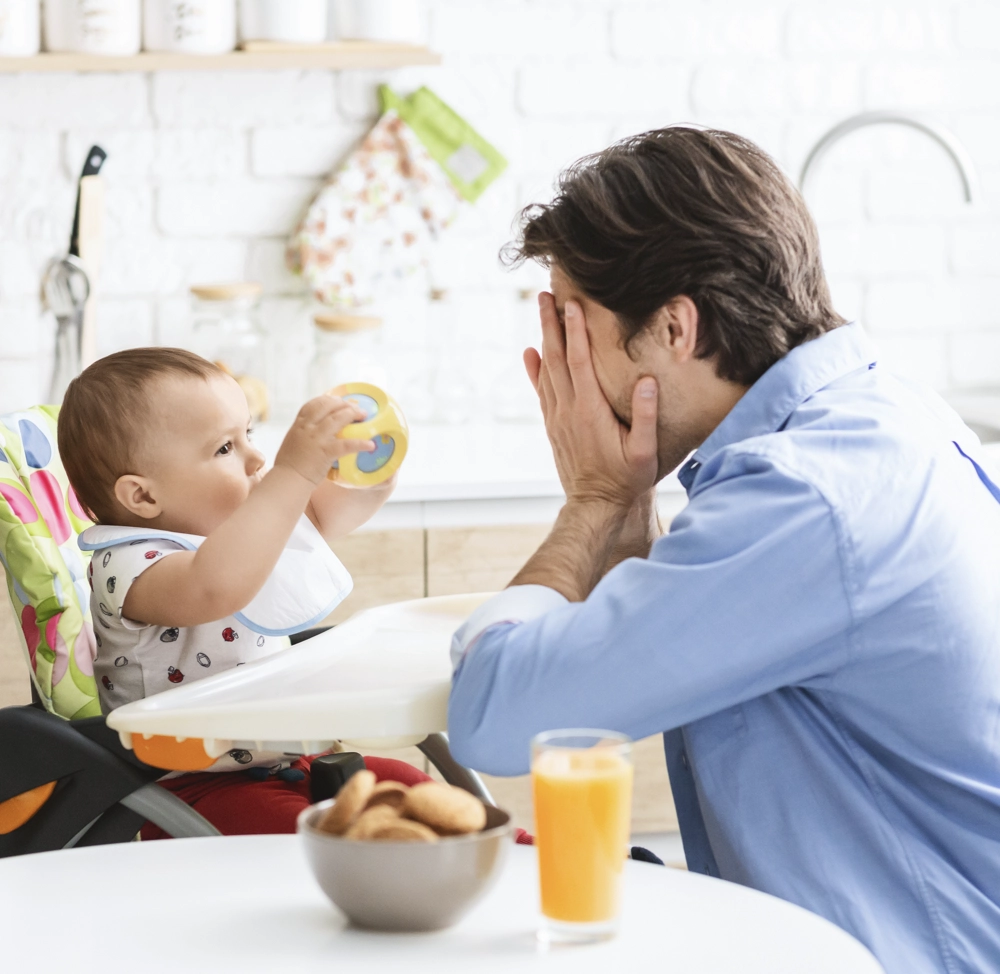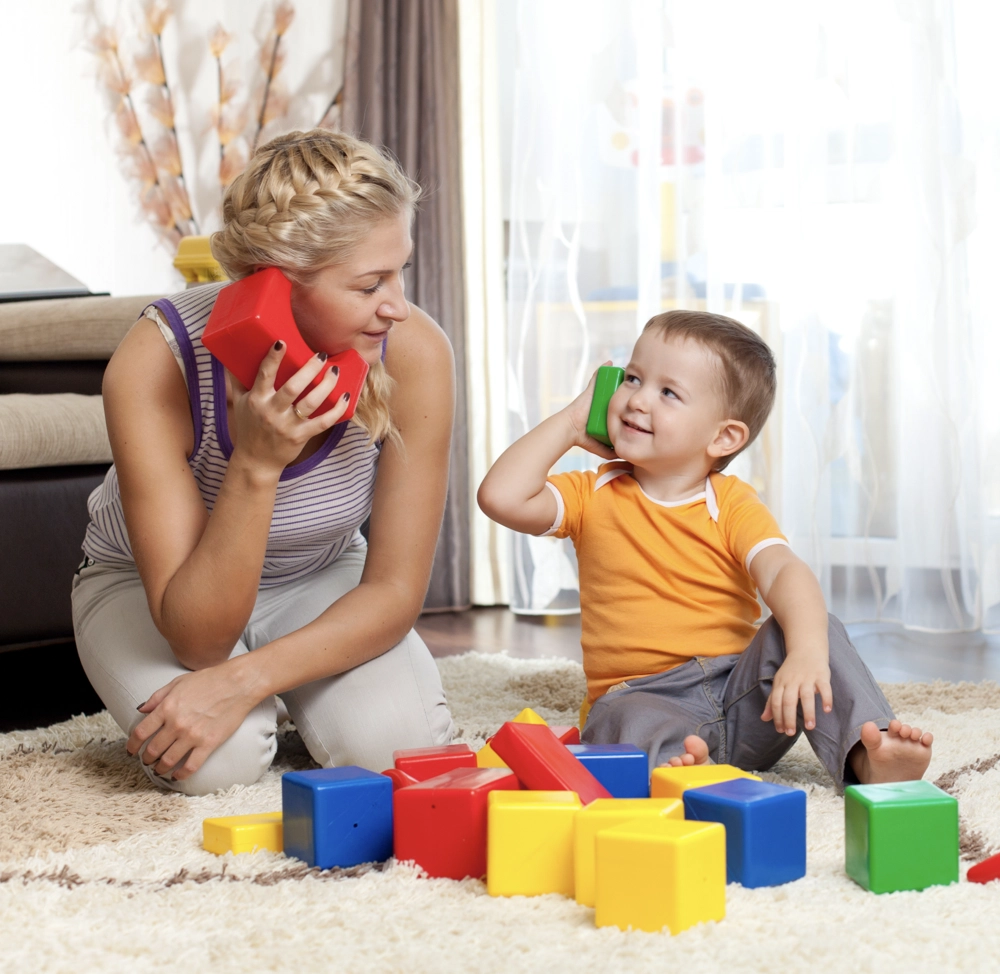First, what do we mean by a session structure in terms of ABA? It is the way that a session is conducted on a scheduled basis. ABA Therapy Sessions schedule could range from two to four, or even six hours. This would vary according to your child’s needs and availability. Having a combination of different techniques throughout the session provides your child with the most benefit. If we were to sit down in a session and just do tablework, children might get bored or the actual therapy could become aversive; so, having a good mix between different techniques is important to keep your child motivated, engaged, and providing them with the greatest number of opportunities to learn.
Across Settings Intervention
The best ABA session structure also depends on where we are conducting our session. We usually have three specific settings: school (public, private daycare or preschool), in-home, or even in a clinic or center-based program. Conducting sessions in any of these settings may have differences, but overall, the session structure should be similar. We have different things that we incorporate into a session that help the session run smoothly and make it not a rigid experience but something playful and fun for your child. Regardless of where the session is held, it is important to move within the environment. For example, if we are in a home session we might run some goals in the playroom, others in the kitchen, we might also incorporate some activities of daily living in the bathroom, such as brushing teeth or getting dressed. Moving throughout the environment helps with generalization and allows children to practice different skills.
Naturalistic Teaching
One of the main and most significant components of any ABA session is naturalistic teaching. We use everyday events or items that happen around each environment to teach different skills. For example, if we are in a home setting and we go for a walk, we might see a butterfly. We might not have labeling “butterfly” as a goal. However, we are still going to look at the butterfly and label things that are happening around it like, “Oh, wow! Look! There is a butterfly!”, or “It is flying! It has wings!”, or “It is orange and black!”. So just during that snippet of time, we are working on actions, colors, the object itself, which in this case would be the butterfly. All those things are worked into those four or five seconds in which we are teaching.

DTT
Another important component of an ABA session is what we call DTT for short, which means “Discrete Trial Training”. This is one of the gold standards within ABA sessions for children with any type of developmental delay or cognitive impairment. Here, we are teaching by trials (practice, practice, practice). This technique is often done at a table but can and should be utilized during different settings and interactions. When we see a butterfly, we say, “Oh look! It’s a butterfly! A butterfly! What is that? A butterfly!”, or “Wow! It’s color red! Color red! What color is it? Color red!”. In short, we are repeating by trial the things that we are teaching. We are going to practice by repetition during that session. This allows your child to get the correct answer because they learn by repetition. Within DTT, we also incorporate errorless teaching, which means we want to avoid your child making errors, so we will either give them the answer, prompt them to answer, or show something that will give them an idea until they master it and learn to answer by themselves.
Parent Involvement
The involvement that caregivers have within the session plays a significant role in the progress of a child. This allows the RBT, or whoever is doing the direct service (BCBA or RBT, most likely RBT), to share with parents and caregivers what is going on and how to proceed in reinforcing positive behaviors. During this time, we could also work on play skills, things that will allow your child to interact with you or caregivers appropriately. It also allows us to have a structured time in which parent or caregiver training can be done directly with your child. The biggest component of this is that it really allows you, parents, to continue to follow through with these tools and techniques outside of the session.
Social Opportunities
In every session, I would say that part of every session should have plenty of social interactions. We create these interactions among us, your child and us, the providers, but we should also have access to different people within the session. We know that one of the main deficits in children with exceptionalities is their social skills. Let us say when we ask your child his or her name, he or she knows how to answer. Exchanging information in a less-controlled setting, wherein when someone asks them a question, they take into account that they are stranger-danger. In the same area, we are also going to work with children that are more advanced learners like staying on topic, making sure that they could be passionate and engage with peers. Overall, what is important is your child gets to socialize with people around him or her.
If you would like to speak with a specialist, contact us. Follow us on Facebook, Instagram, LinkedIn, and Twitter to stay on top of our latest updates.






Leave A Comment